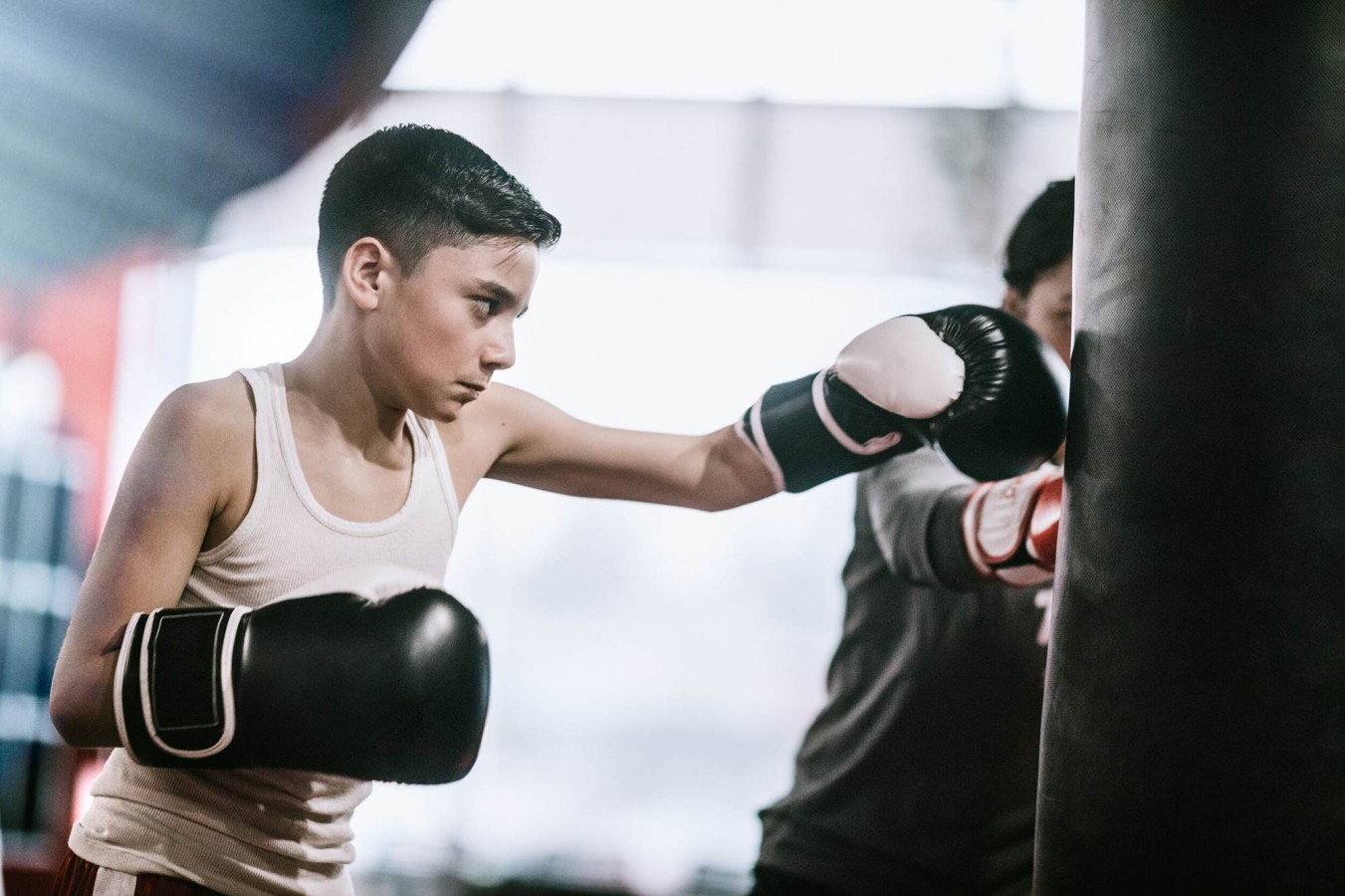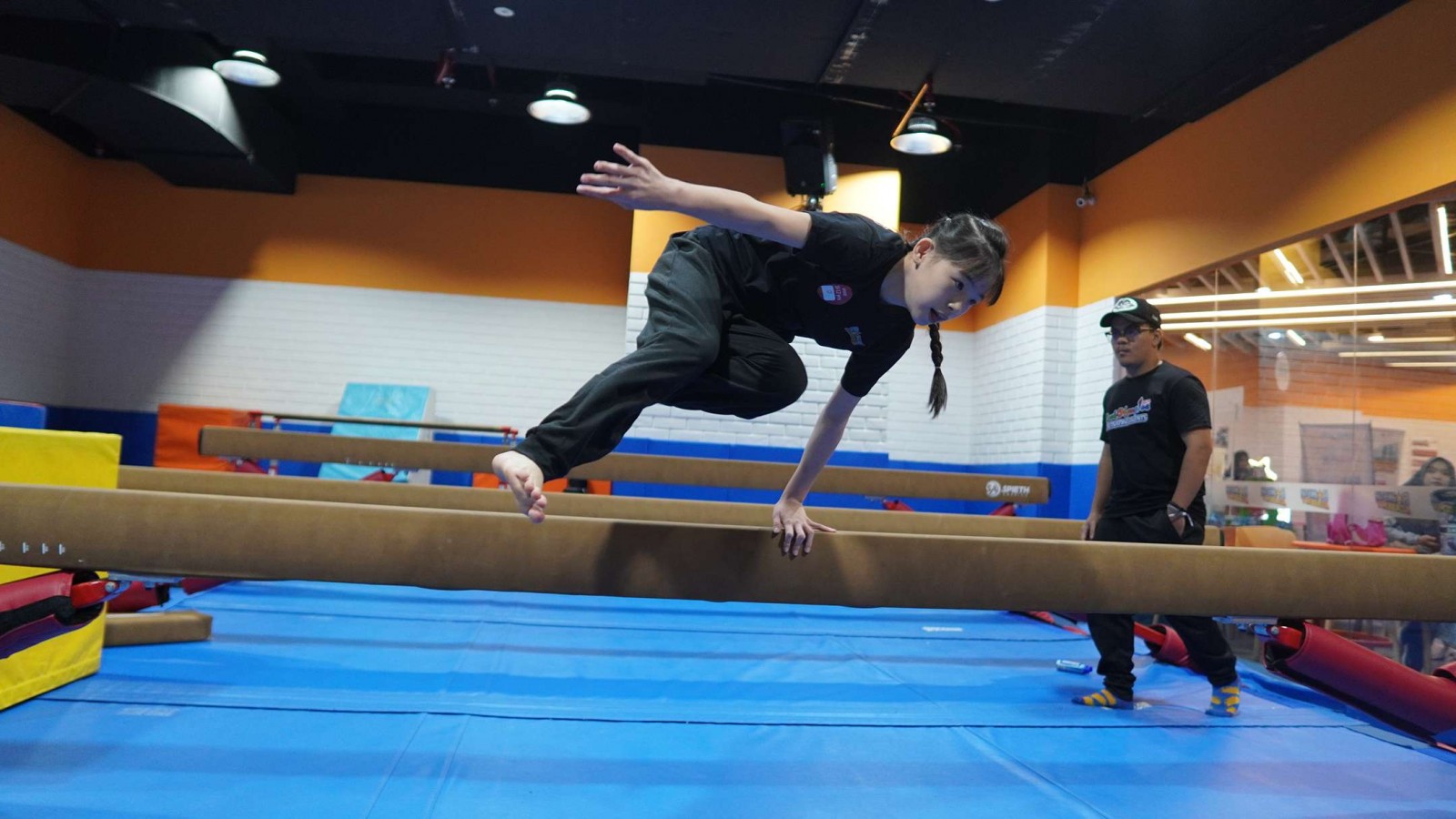Mixed Martial Arts Training For Beginners

In the dynamic realm of combat sports, Mixed Martial Arts (MMA) stands out as a multifaceted discipline that combines various forms of martial arts into a seamless and powerful whole. As a burgeoning enthusiast or a curious teenager, stepping into the world of mixed martial arts training can be both exhilarating and challenging.
In this article, we'll delve into the fundamentals of mixed martial arts training for beginners especially for teenagers. From understanding the basic techniques to navigating the mental challenges of the sport, we'll guide you through the initial stages of your MMA journey.
What Gear You Need for MMA Training?
Engaging in mixed martial arts (MMA) training requires the right gear to ensure safety, performance, and overall effectiveness. Here's a comprehensive list of essential gear for those embarking on their MMA journey:
1. Gloves
MMA gloves are crucial for hand protection during striking and grappling. These gloves offer a balance between hand dexterity and knuckle protection. They are designed to provide adequate padding while allowing fighters to grip and grapple effectively.
2. Shin Guards
Shin guards protect the shin and instep from kicks and strikes. They are especially important during sparring sessions to minimize the risk of injury. Look for shin guards that offer a secure fit and ample padding for both the shin and the foot.
3. Head Guard
Head guards, or headgear, are essential for safeguarding the head and face during sparring and training. They help absorb and distribute impact forces, reducing the risk of cuts, bruises, and more serious injuries to the head.
4. MMA Shorts
MMA shorts are designed for comfort and flexibility during training and competition. They typically feature stretch panels and a secure closure system, allowing for unrestricted movement and preventing interference during grappling exchanges.
5. Chest Guard
While not always mandatory, a chest guard can be used during sparring sessions for added protection. It covers the chest and rib area, reducing the impact of strikes and kicks. This extra layer of protection can be particularly beneficial for beginners.
6. Mouthguard
A mouthguard is essential for protecting the teeth and jaw during striking and grappling. It absorbs impact forces and helps prevent dental injuries. Custom-fitted mouthguards are recommended for a secure and comfortable fit.
7. Hand Wraps
Hand wraps provide support and stability to the wrists and knuckles. They help prevent injuries such as sprains and fractures by securing the hand's structure. Properly wrapping the hands also adds an extra layer of padding for the knuckles.
Basic Strikes to Learn
To begin your journey into MMA training, mastering fundamental striking techniques is paramount. These basic strikes serve as the foundation for effective stand-up combat, emphasizing both power and precision. Here are some fundamental strikes to start your training:
1. Jab
The jab is a quick, straight punch thrown with the lead hand (usually the left for an orthodox stance). It's a versatile tool for maintaining distance, gauging range, and setting up combinations.
2. Cross
The cross is a powerful straight punch thrown with the rear hand (usually the right for an orthodox stance). It follows the jab in many combinations and is a potent weapon for delivering knockout blows.
3. Hook
A hook is a circular punch that targets the side of the opponent's head. There are lead hooks and rear hooks, each with its own application. Hooks are effective in close quarters and can be used to target the body as well.
4. Uppercut
Uppercuts are short, upward punches aimed at the chin or body. They are effective at close range and can be particularly useful in countering an opponent's lowered guard.
5. Roundhouse Kick
The roundhouse kick involves a rotational motion of the hips, striking the opponent with the top of the foot or the shin. It's a powerful and versatile kick that can target the legs, body, or head.
6. Elbow Strike
Elbow strikes are short-range, powerful blows that use the elbow as the striking surface. Elbows can be devastating in close-quarter situations and are often employed in the clinch.
7. Basic Push (Push Kick or Front Kick)
The basic push kick involves using the ball of the foot to push an opponent away. This kick is effective for maintaining distance, disrupting an opponent's rhythm, and creating openings for other strikes.
Types of Grappling
Grappling is a fundamental component of mixed martial arts (MMA), encompassing various techniques and styles that focus on controlling an opponent, gaining positional dominance, and seeking submissions. Here are some types of grappling commonly utilized in MMA:
1. Brazilian Jiu-Jitsu (BJJ)
Brazilian Jiu-Jitsu focuses on ground fighting and submission grappling. BJJ practitioners seek to control and submit opponents through joint locks and chokes. Emphasizing leverage and technique over strength, BJJ is renowned for its ground game and positional control.
2. Wrestling
Wrestling is a discipline that involves takedowns, throws, and ground control. Wrestlers aim to take their opponents to the mat and secure dominant positions. Wrestling also emphasizes takedown defense, enabling fighters to dictate whether the bout remains standing or transitions to the ground.
3. Judo
Judo is a Japanese martial art that centers on throws and takedowns. Judokas aim to off-balance and throw opponents to the ground, with an emphasis on using an opponent's movements against them. Judo also includes ground fighting, where practitioners seek to pin or submit their opponents.
4. Sambo
Sambo is a Russian martial art that combines elements of judo and wrestling. It emphasizes throws, ground control, and submissions. Sambo practitioners are skilled in both standing and ground techniques, making it a well-rounded grappling style. Combat Sambo, a variation of Sambo, also incorporates striking.
Are You Ready to Step Into MMA Training?
Embarking on a journey into mixed martial arts training opens the door to a multifaceted world of physical and mental development. As teenagers that’s interested to delve into this dynamic discipline, they discover not only the techniques of striking, grappling, and submissions but also the invaluable lessons of discipline, perseverance, and self-discovery.
Ready to take the first step? Embark on a transformative journey by taking advantage of a free trial at Rockstar Academy, a premier Sports & Performing Arts Academy for children and teens. Experience the dynamic world of mixed martial arts classes that combine physical prowess with mental discipline with Rockstar Academy.
At Rockstar Academy, we prioritize individual growth, fostering an environment where every participant can discover their inner strength. Contact Rockstar Academy now to secure your spot in a free trial martial arts class. Your journey to becoming a martial arts Rockstar starts here!
FAQ
1. How do you train for mixed martial arts?
Mixed martial arts training typically involves a combination of striking, grappling, and conditioning exercises. It's advisable to join a reputable MMA gym, work with experienced coaches, and follow a structured training program to develop a well-rounded skill set.
2. Can I start MMA at 15?
Yes, many MMA gyms offer programs suitable for teenagers. Starting MMA training at 15 allows you to learn fundamental skills, conditioning, and discipline. Ensure you join a gym with experienced instructors who can tailor the training to your age and skill level.



